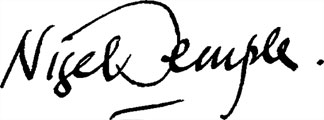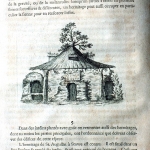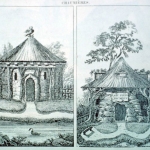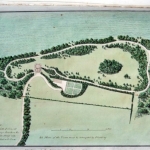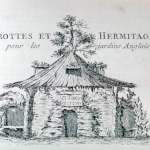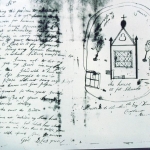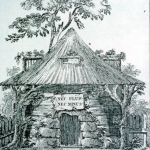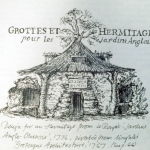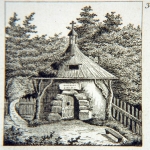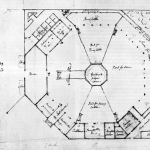Temple’s pioneering vision:
Consideration of natural and made-made environment was an essential component of the design courses at Gloucestershire College of Education from the start. All students were introduced to issues concerning landscape, townscape, buildings and gardens. What had earlier been unrecognised as of educational value had become an academically respectable discipline.
Temple’s own involvement with garden history continued. Around 1992 he became aware that our magnificent parks were in a state of rapid decline. Typically these were underfunded, unsupervised, becoming stripped of their architetural and botanical assets, and being vandalised. As Registrar of Research of the Garden History Society he knew about the growing concern for all this.
In either case – extinction or future regeneration – the need to establish a national archive was urgent in order to record for posterity what has once been, and to enlighten future reinstatement or development. The National Monuments Record had no such resource. Yet park gates, lodges, bandstands, fountains, greenhouses, monuments, aviaries, and layouts of beds, footpaths and water features were rapidly disappearing.
Photographic postcards became popular in Britain from about 1900 – not long after the first public parks and arboreta were opened. Temple had his own early postcard collection which includes villages, tea gardens, private dwellings and gardens etc nationwide. Here he recognised a ready made and accurate pictorial archive waiting to be explored and exploited.
